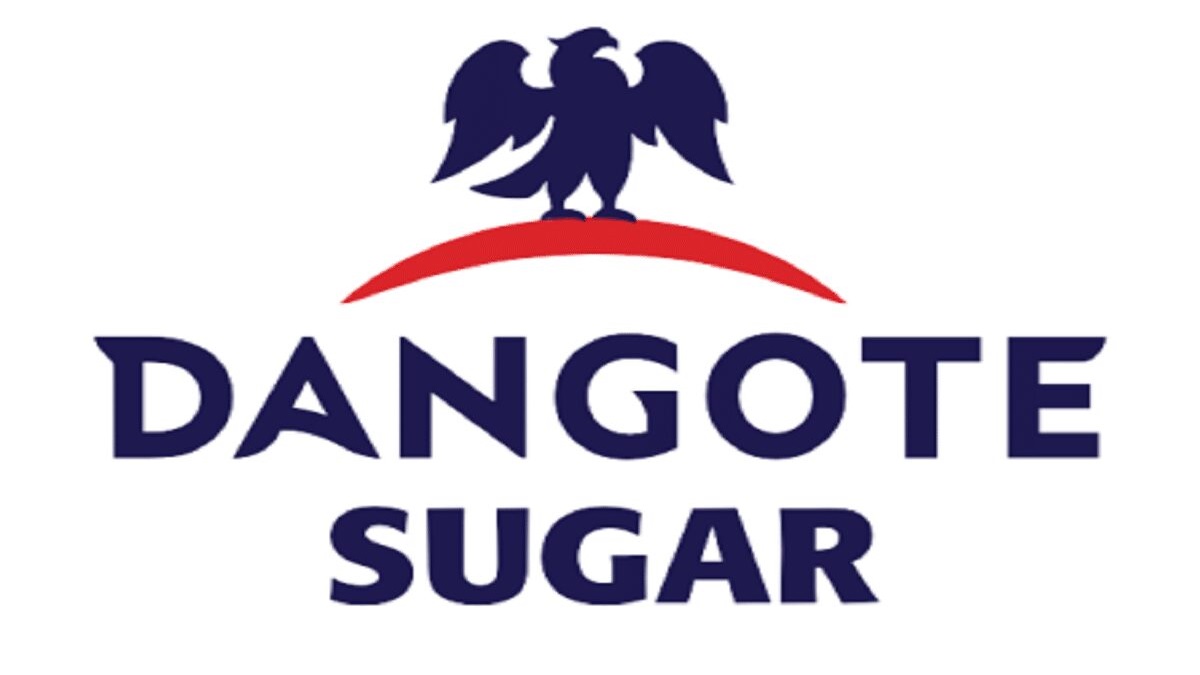

Dangote Sugar Plc: Crippled by huge finance costs
Introduction
The performance of Dangote Sugar Plc for the 2023 financial year was worse than that of 2022. While the company was able to step up the level of its income generation slightly, a disproportionately huge increase in indirect costs and finance costs left the company with a pre-tax loss instead of a profit.
Profit margin, return on assets, return on equity, and pre-tax profitability per employee, and other ratios were thus worse than those of the previous year, and were also subpar when compared with those of its competitors for the same financial year.
Growth indices
Dangote Sugar saw a 9.5 percent growth rate in its gross earnings for its 2023 FY. Gross earnings rose to an all-time high of N441.45 billion, up from N403.25 million in the preceding year. This growth rate was lower than the 46.1 percent growth rate achieved in the erstwhile year. Direct costs grew by 14.1 percent to N355.1 billion in the course of the year from N311.28 billion.
However, the company’s non-direct costs grew much more rapidly, by as much as 631 percent to N73.78 billion from a mere N10 billion in the prior year.
Finance costs also swelled to N201 billion from N9.8 billion in the prior year. The combination of the intense growths in non-direct costs and finance costs left the company with a pre-tax loss instead of a profit.
Pre-tax loss for the year was N107 billion, while after tax loss was N71.9 billion.
These losses would have a negative effect on the company’s profitability ratios for the year.
Total assets deployed by the company for the 2023 year grew to N601.04 billion, 22.4 percent more than the N490.97 billion assets deployed in 2022, while shareholders’ funds declined by 52.4 percent to N81.81 billion.
Profitability ratios
The 2023 financial year was not a profitable one for Dangote Sugar, as the profitability ratios recorded were in the negative. First, there was no profit margin, rather a loss margin. The result for the year was negative 24.3 percent in 2023, as compared to a positive 20.3 percent in 2022. What this means is that there was a resultant N24.30 loss for every N100 earned by the company in the course of the year. This was as compared to a profit of N20.30 in the prior year.
Also to record a regression was return on assets (ROA). ROA was negative 17.8 percent in 2023, down from a positive 16.7 percent in the erstwhile year.
For the 2023 financial year, Dangote Sugar deployed equity valued at N81.81 billion and for every N100 equity deployed, the company recorded an after-loss profit of N88.00, a terrible outcome when this is compared to an after-tax profit of N31.60 in the preceding year.
Staff matters
The company did not do well regarding its employees for the year ended December 31 2023. Instead of a pre-tax profit per employee, there was a pre-tax loss per employee of N36.98 million on the average. This is as compared to the N29 million employees contributed on the average to the company’s pre-tax profit in 2022 and the N12.41 million they did in 2021.
On the other hand, the company spent more on its employees in 2023. Average staff cost rose to N2.53 million from N2.21 million within the course of 12 months. This means that there was a N320,000 addition to what an employee earned (on the average) between 2023 and 2022.
Despite the fact that it upped its staff costs, Dangote Sugar did not incur a higher proportion of staff costs as a proportion of income earned. Staff costs as a portion of turnover was 1.7 percent in 2023, same as it was in the prior year.
Staff costs per employee and staff costs as a proportion of turnover were low enough to be highly competitive and we commend Dangote Sugar for that. However, the loss it made for the year clouded its employees’ ability to contribute to its profit, as evidenced by the negative pre-tax profit per employee.
Other ratios
At 0.8 times, Dangote Sugar’s current ratio did not compete favourably against the industry average for 2023. What this means is that for every N1.00 of short-term obligations, the company had only 80 kobo in short-term assets, and was not fully able to meet short term debts from short term assets.
Having a debt-to-equity ratio of 6.3 shows that the company used N6.30 of liabilities in addition to each N1.00 of stockholders’ equity. In other words, the company used N7.30 of total capital for every N1.00 of equity capital.
Dangote Sugar Vs NASCON: NASCON better
Not only is Dangote Sugar’s 2023 annual results not laudable in its own stead, but the company’s results also did not fare competitively in the food/beverages & tobacco sector for the 2023 FY. We compared its results with that of its sister company, National Salt Company of Nigeria (NASCON). It is important to note that both companies are subsidiaries of Dangote Industries.
While Dangote Sugar is the bigger of the two companies in terms of volume of sales, NASCON was more profitable than Dangote Sugar when it comes to profitability ratios.
Turnover growth rate
For the 2023 financial year, Dangote Sugar had a turnover growth rate of 9.5 percent, as compared to NASCON’s turnover growth rate of 37.5 percent for the same period under review. Analysis shows that NASCON was the winner in this respect.
Pre-tax profit growth rate
Dangote Sugar recorded a loss before tax in 2023, such that it had a negative pre-tax profit growth rate of 230.8 percent. This is much worse than the 146 percent growth rate that NASCON did. NASCON was thus the winner in this respect.
Between turnover and profit
For the 2023 financial year, pre-tax profit margin (which measures a company’s ability to squeeze as much profit as is possible from turnover) for Dangote Sugar was negative 24.3 percent, worse than NASCON’s pre-tax profit margin of 25.5 percent.
Return on equity
Analysis shows that while every N100 worth of equity deployed by Dangote Sugar led to an after-tax loss of N88, such N100 equity deployed earned NASCON N50 as after-tax profit. This makes NASCON the winner in this respect.
Return on assets
ROA for Dangote Sugar was negative 17.8 percent, down from a positive figure of 16.7 percent in the prior year. This means that of every N100 worth of assets deployed by Dangote Sugar, there was a resultant N17.80 loss. Meanwhile NASCON recorded a N24.60 pre-tax profit from every N100 worth of assets employed.
Conclusion
Dangote Sugar’s negative profitability ratios is not reason enough to dismiss it forever. While the company did indeed drop the ball when it comes to profitability, the hope is that it will turn around its circumstances in the 2024 FY.



